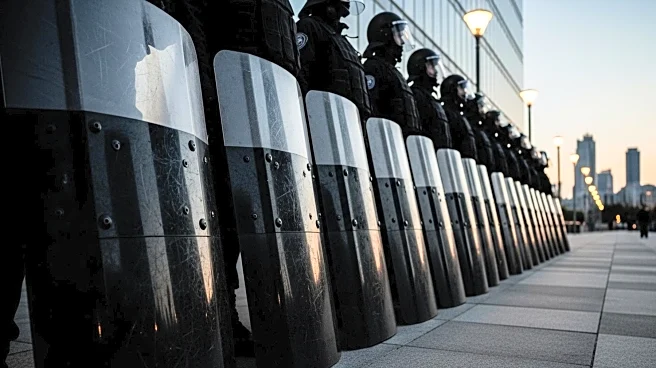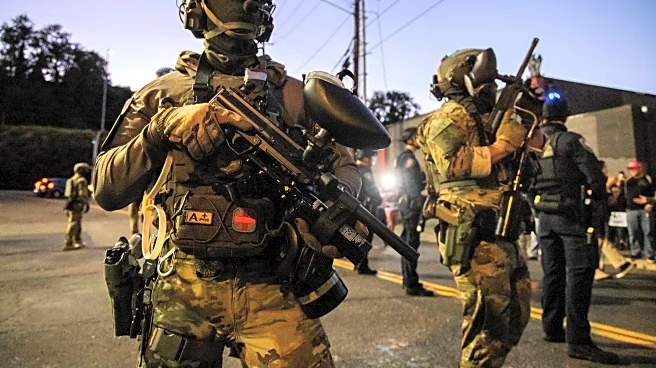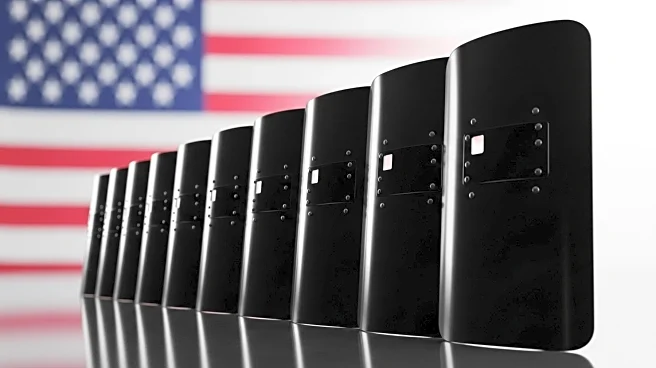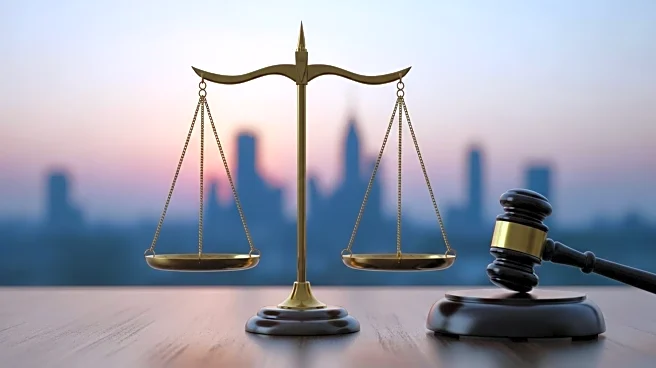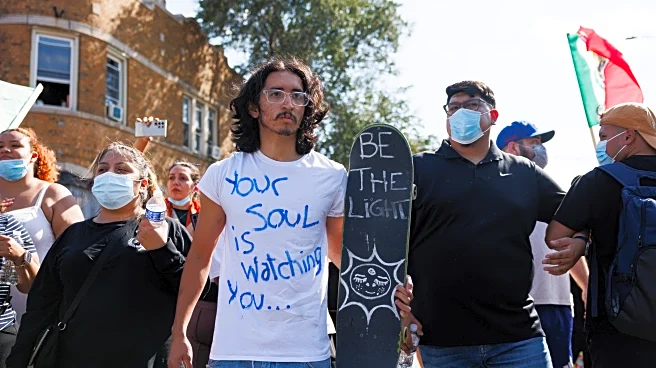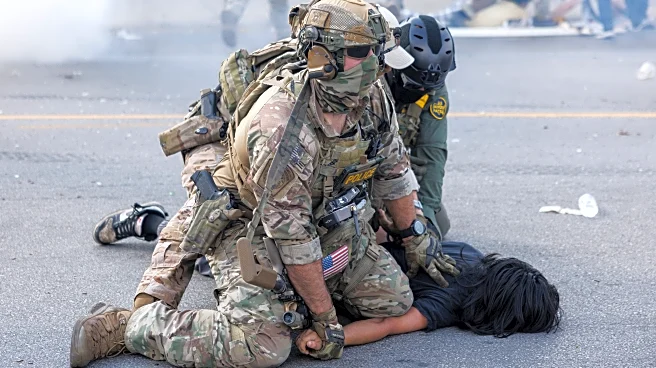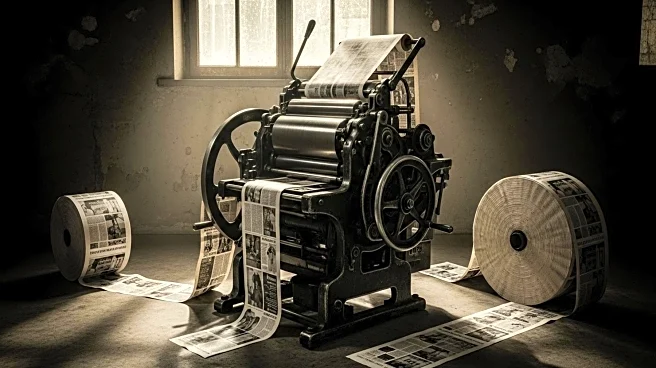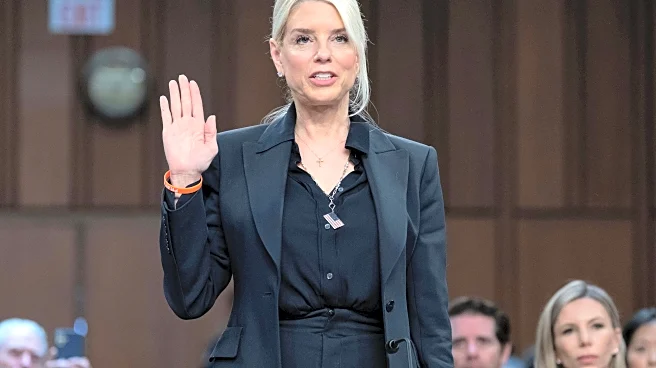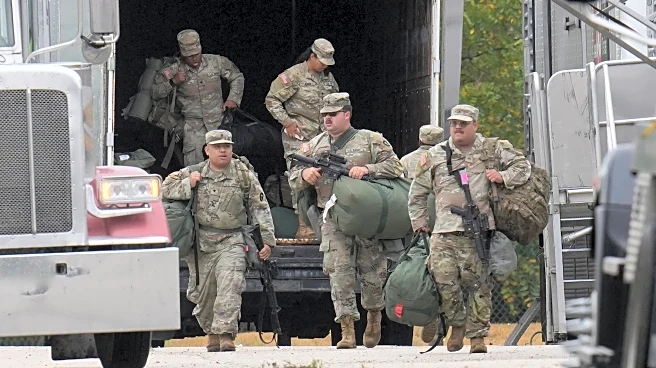What's Happening?
A federal judge in Illinois has issued a temporary restraining order against the Trump administration, prohibiting the use of force against journalists covering protests at a U.S. Immigration and Customs Enforcement facility near Chicago. The ruling follows a lawsuit filed by journalists who alleged that federal agents used tear gas and other crowd-control measures against reporters documenting the protests. The order bars federal agents from dispersing, arresting, or using physical force against journalists unless there is probable cause of criminal activity.
Why It's Important?
The ruling is a significant victory for press freedom and underscores the importance of protecting journalists' rights to report on government actions without fear of retaliation. It highlights ongoing concerns about the Trump administration's approach to handling protests and the potential impact on First Amendment rights. The decision may set a precedent for how federal authorities interact with the press during demonstrations, influencing future policies and legal standards.
What's Next?
The temporary restraining order will remain in effect for two weeks as the case progresses through the courts. The outcome of this legal battle could have broader implications for press freedom and the rights of journalists covering protests across the United States. Stakeholders, including media organizations and civil rights groups, are likely to continue advocating for protections against government interference in journalistic activities.

